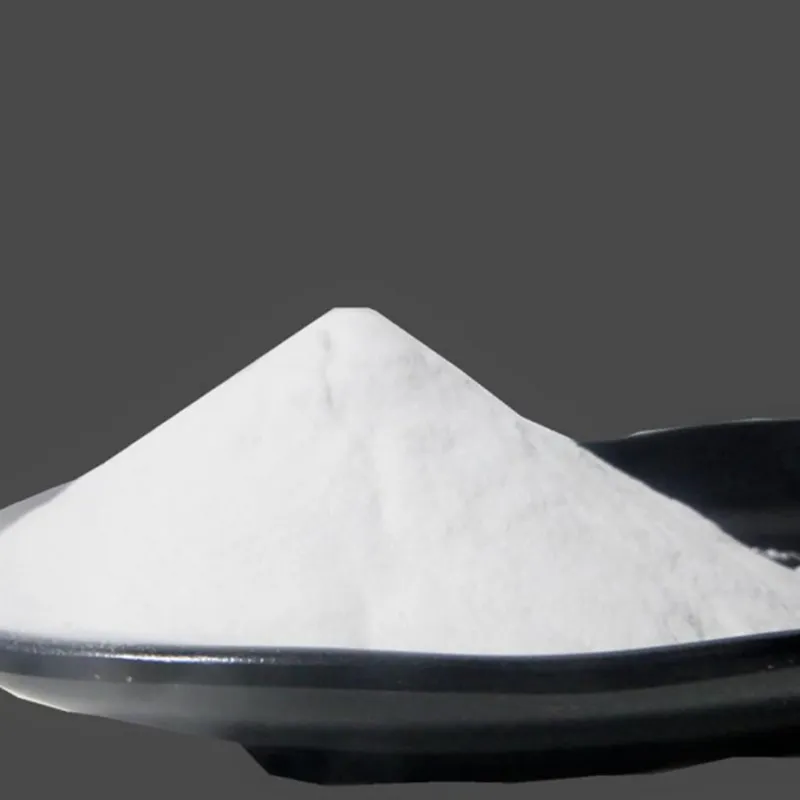
Trends and Analysis of Formic Acid Pricing in the Market
The Current Landscape of Formic Acid Pricing Trends and Insights
Formic acid, a colorless liquid with a pungent odor, is an important organic acid that finds applications across various industries, including agriculture, textile, rubber, leather, and pharmaceuticals. Its primary uses include acting as a preservative, as a pH regulator, and as a reducing agent in chemical processes. Given its diverse applications, the pricing of formic acid has seen fluctuations driven by supply and demand dynamics, production costs, and global market trends.
Over the past few years, the formic acid market has shown significant volatility in pricing
. In recent months, the price of formic acid has been impacted by several factors, including geopolitical tensions, supply chain disruptions due to the COVID-19 pandemic, and changes in raw material costs. For instance, the price of methanol, a key raw material in the production of formic acid, has seen fluctuations that directly affect formic acid prices. Moreover, the ongoing effects of global inflation have led to increased costs of production and logistics, further influencing the overall market pricing.As of late 2023, formic acid prices have been on an upward trend, surpassing previous levels. This increase can be attributed to rising demand in the agricultural sector, particularly in livestock feed where formic acid is utilized as a preservative. The surge in agricultural output in emerging markets has led to heightened demand for formic acid, pushing prices higher. Additionally, the growing trend of adopting sustainable practices in agriculture has resulted in increased usage of formic acid as a natural preservative, further elevating its market value.
formic acid price

Regional analysis reveals differing trends in formic acid pricing. In North America and Europe, prices have risen significantly due to stringent environmental regulations that mandate the use of safer and more sustainable additives in various applications. In contrast, the Asia-Pacific region, which is a major production hub for formic acid, has seen a more stable pricing environment. However, the demand from countries like China and India, coupled with their rapid industrialization, is anticipated to boost prices in these markets as well moving forward.
Furthermore, the integration of innovative technologies in the production of formic acid is likely to influence pricing. Biotechnological methods for producing formic acid from renewable resources are gaining traction, which may result in lower production costs in the long run. However, the transition to these sustainable production methods requires significant investment and may lead to short-term price fluctuations until market equilibrium is achieved.
Importantly, external factors such as geopolitical uncertainties can also play a pivotal role in formic acid pricing. Trade disputes, tariffs, and sanctions can disrupt supply chains and affect the availability of raw materials, leading to price instability. For instance, any disruption in the sourcing of methanol due to international trade issues could have a cascading effect on formic acid prices globally.
In conclusion, the pricing of formic acid is influenced by a complex interplay of various factors including demand from key industries, production costs, geopolitical dynamics, and advancements in production technology. As the market continues to evolve, stakeholders need to stay informed of these trends to navigate pricing effectively. The outlook for formic acid pricing remains bullish, driven by consistent demand in agriculture and industry. As we move forward, embracing sustainable production practices will be pivotal in shaping the market, presenting both challenges and opportunities for manufacturers and consumers alike.
-
Sodium Dichloroisocyanurate Safety Handling ProtocolsNewsJul.29,2025
-
Mining Chemicals for Copper Extraction Processes GuideNewsJul.29,2025
-
Fertilizer for Sale Shipping and Storage TipsNewsJul.29,2025
-
Dimethyl Disulfide as Sulfurizing AgentNewsJul.29,2025
-
Benzotriazole Safety Data Handling and Storage GuidelinesNewsJul.29,2025
-
Ammonium Bicarbonate Safety Handling Storage GuidelinesNewsJul.29,2025
-
The Transformative Role Of Trichloroisocyanuric Acid in Water TreatmentNewsJul.23,2025
Hebei Tenger Chemical Technology Co., Ltd. focuses on the chemical industry and is committed to the export service of chemical raw materials.
-

view more DiethanolisopropanolamineIn the ever-growing field of chemical solutions, diethanolisopropanolamine (DEIPA) stands out as a versatile and important compound. Due to its unique chemical structure and properties, DEIPA is of interest to various industries including construction, personal care, and agriculture. -

view more TriisopropanolamineTriisopropanolamine (TIPA) alkanol amine substance, is a kind of alcohol amine compound with amino and alcohol hydroxyl, and because of its molecules contains both amino and hydroxyl. -

view more Tetramethyl Thiuram DisulfideTetramethyl thiuram disulfide, also known as TMTD, is a white to light-yellow powder with a distinct sulfur-like odor. It is soluble in organic solvents such as benzene, acetone, and ethyl acetate, making it highly versatile for use in different formulations. TMTD is known for its excellent vulcanization acceleration properties, which makes it a key ingredient in the production of rubber products. Additionally, it acts as an effective fungicide and bactericide, making it valuable in agricultural applications. Its high purity and stability ensure consistent performance, making it a preferred choice for manufacturers across various industries.











